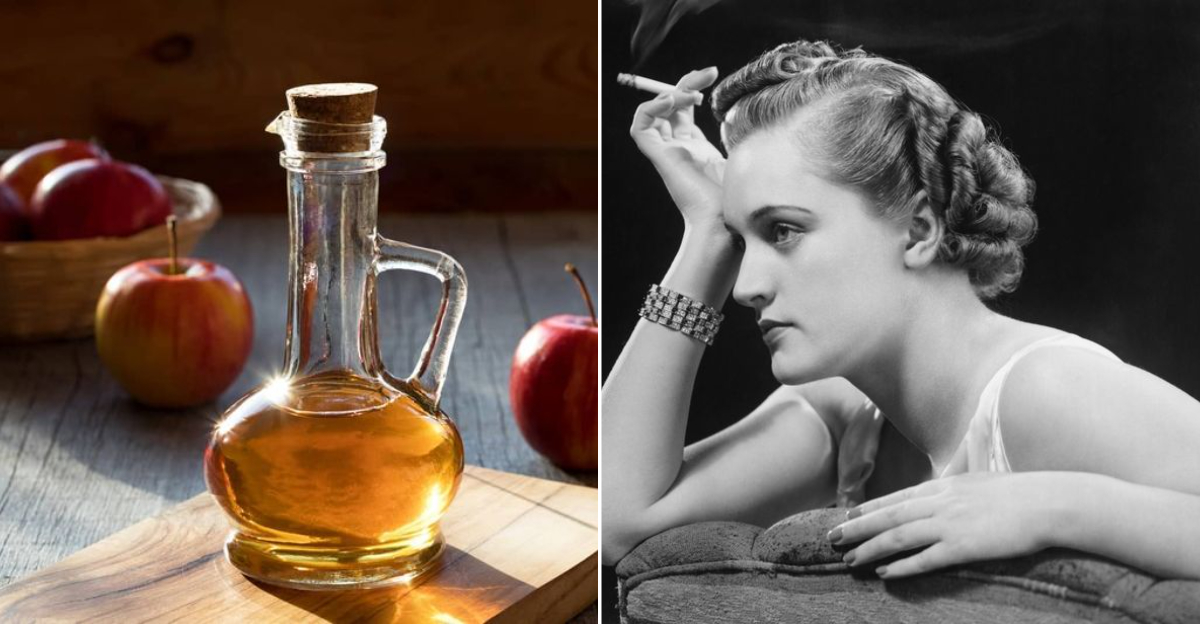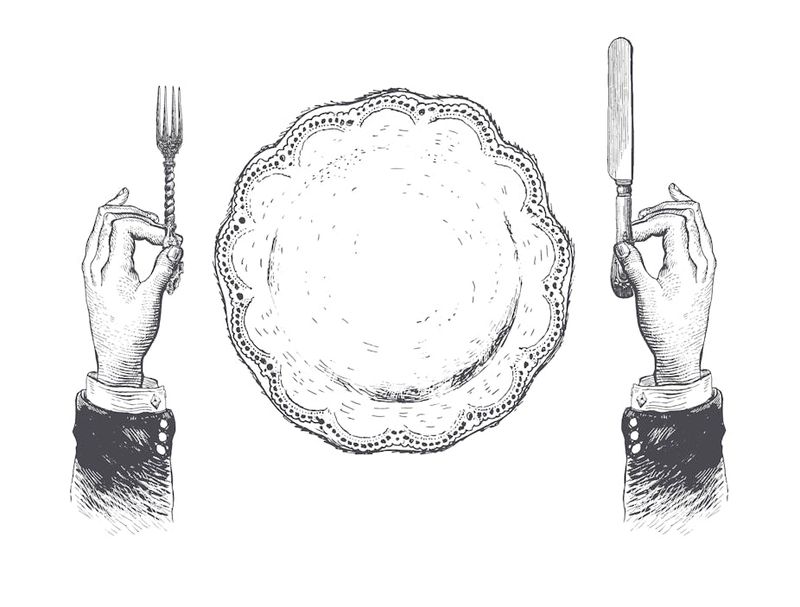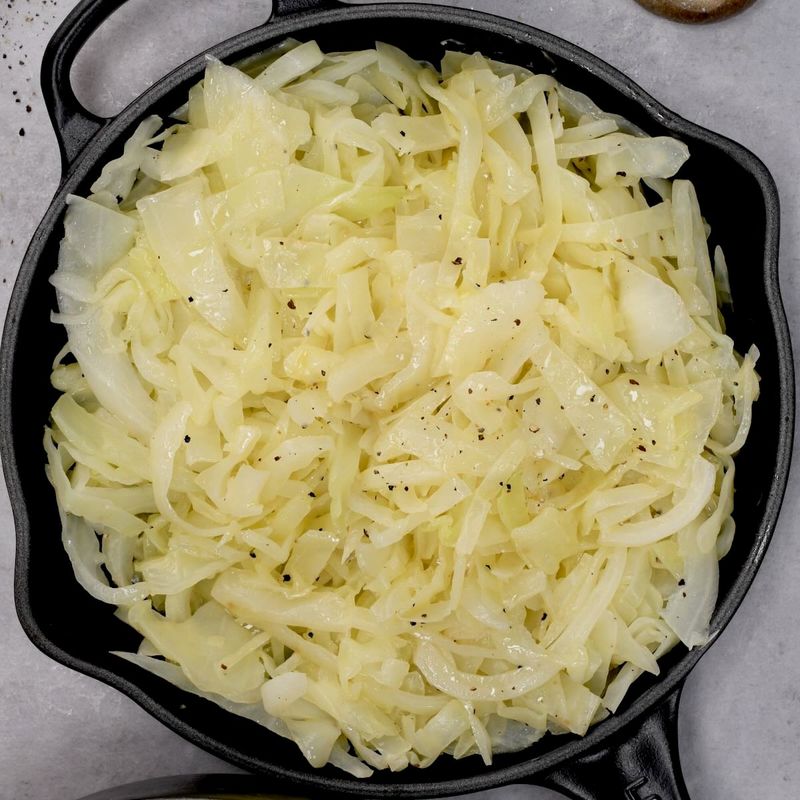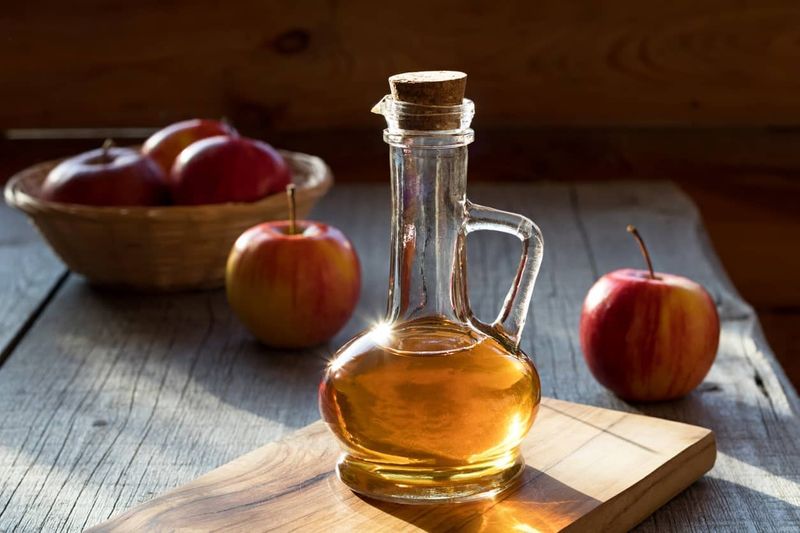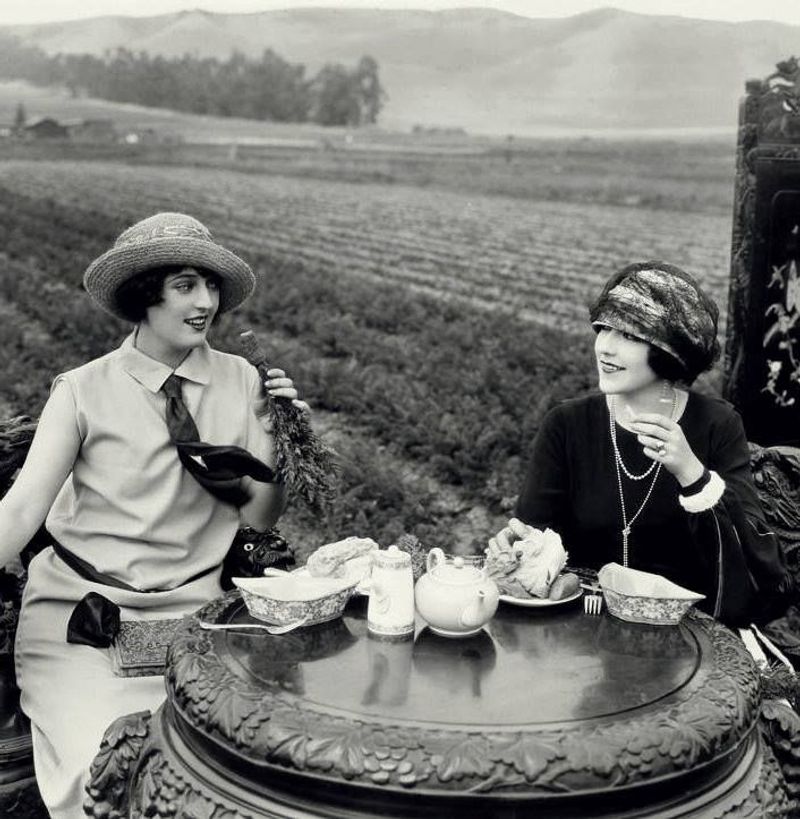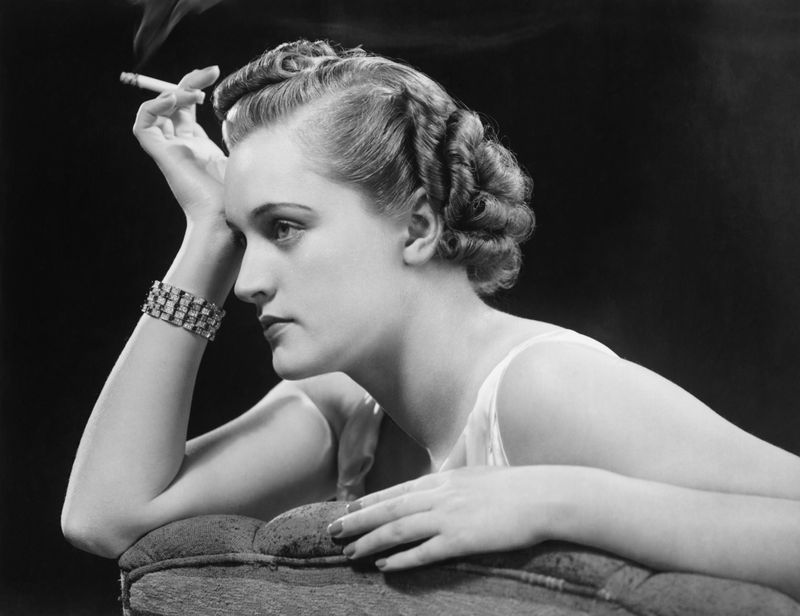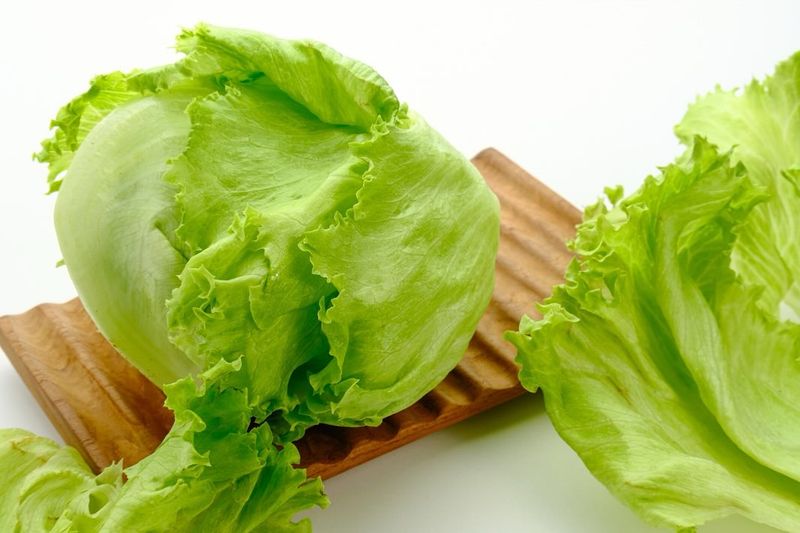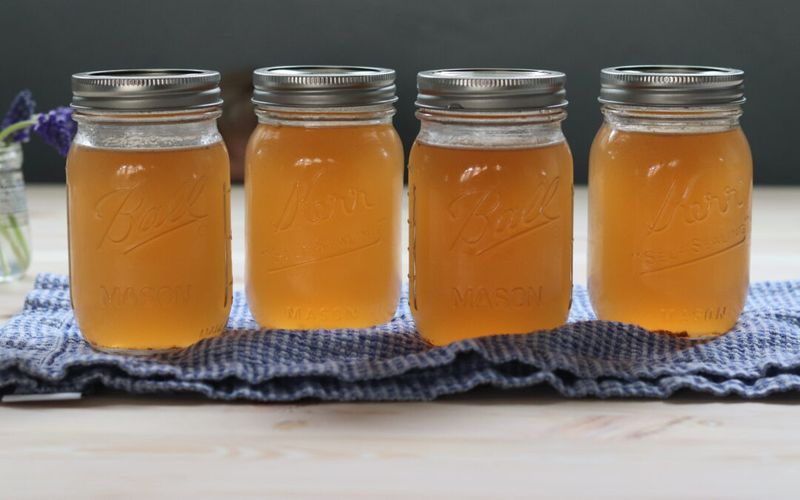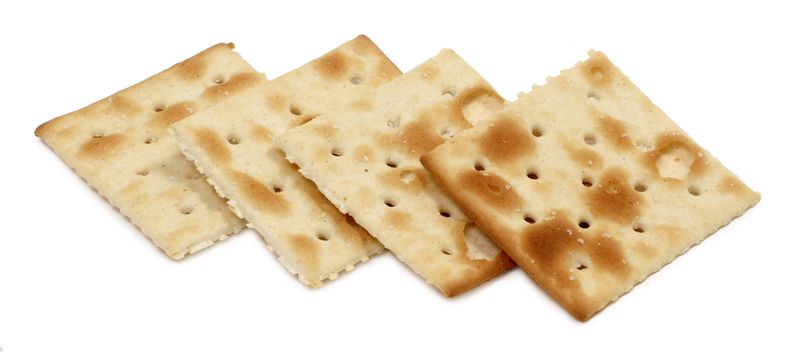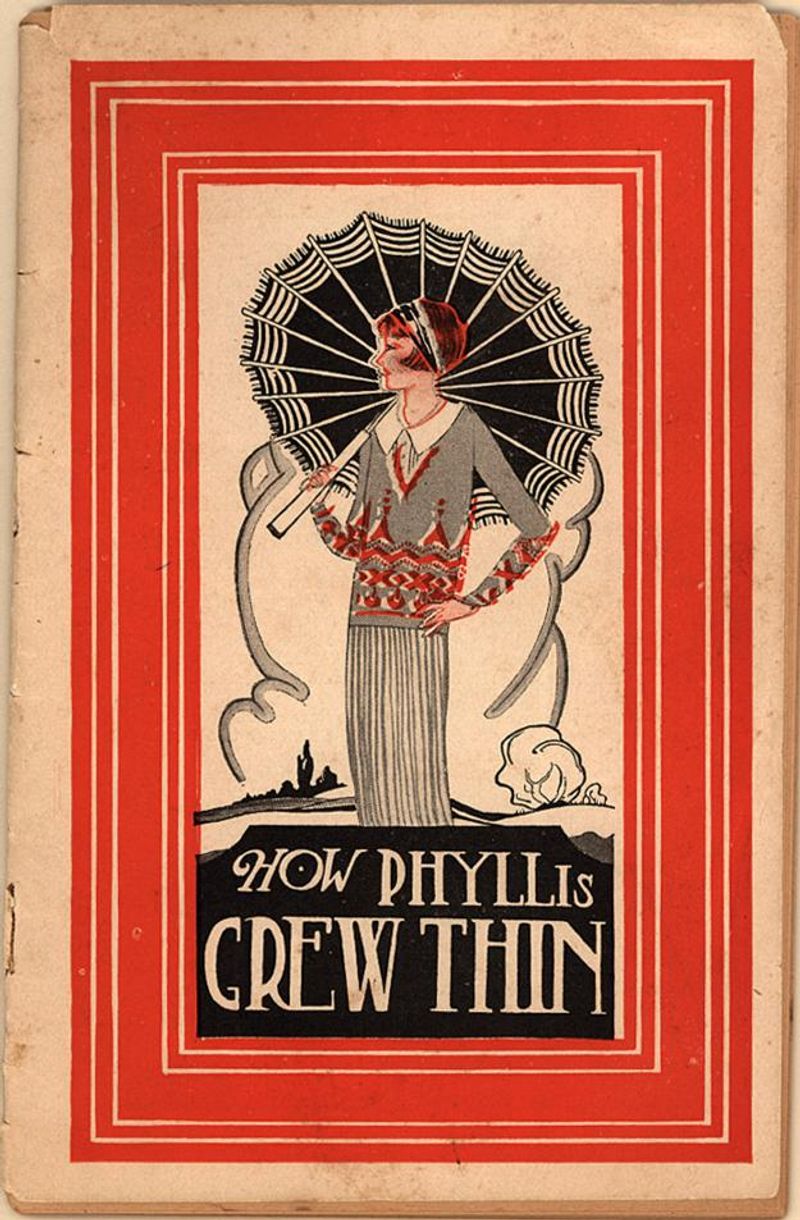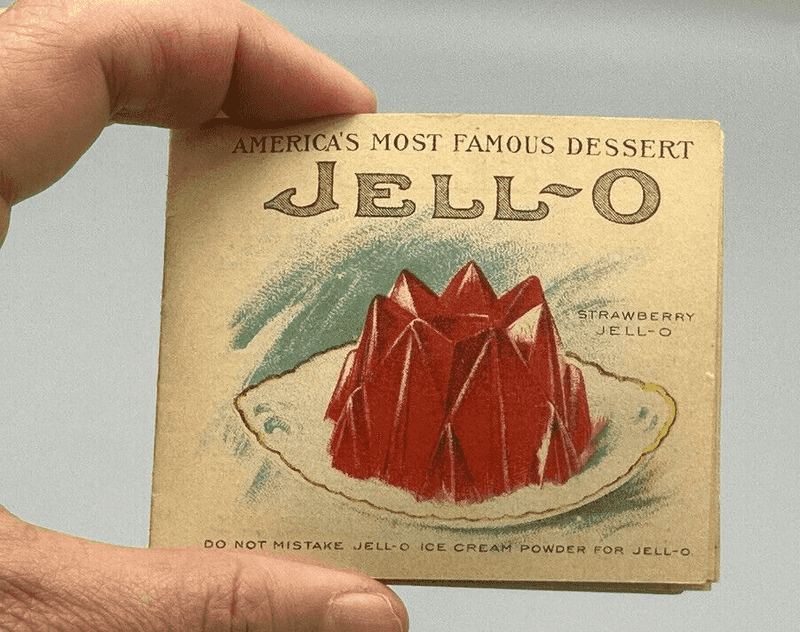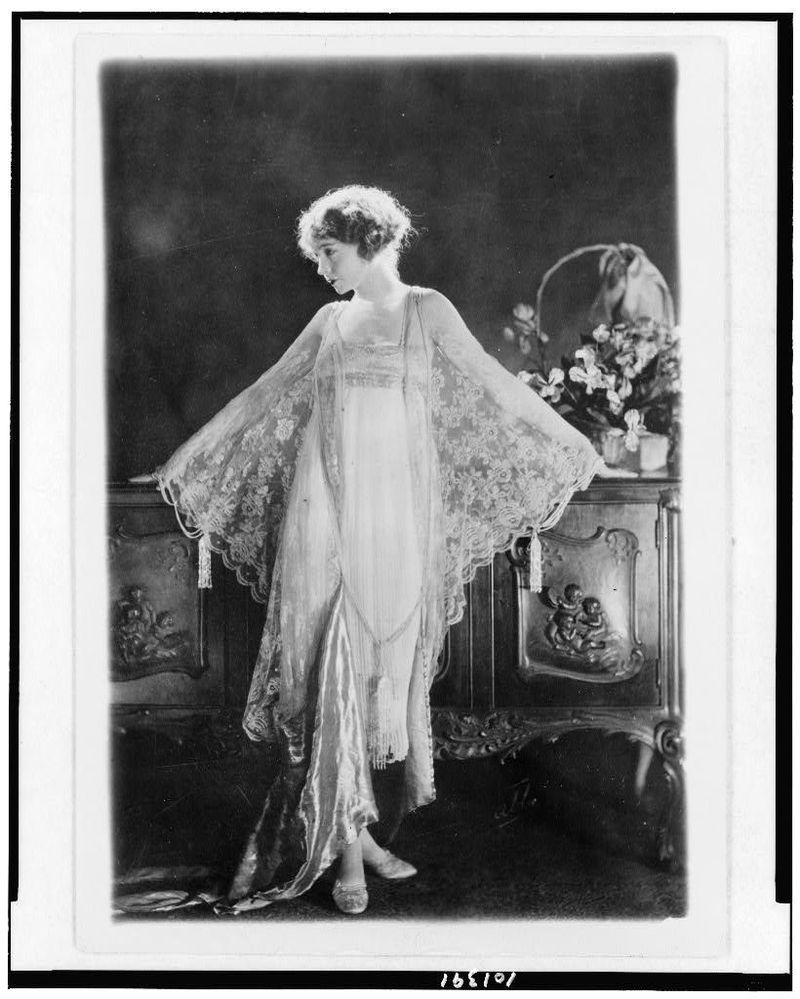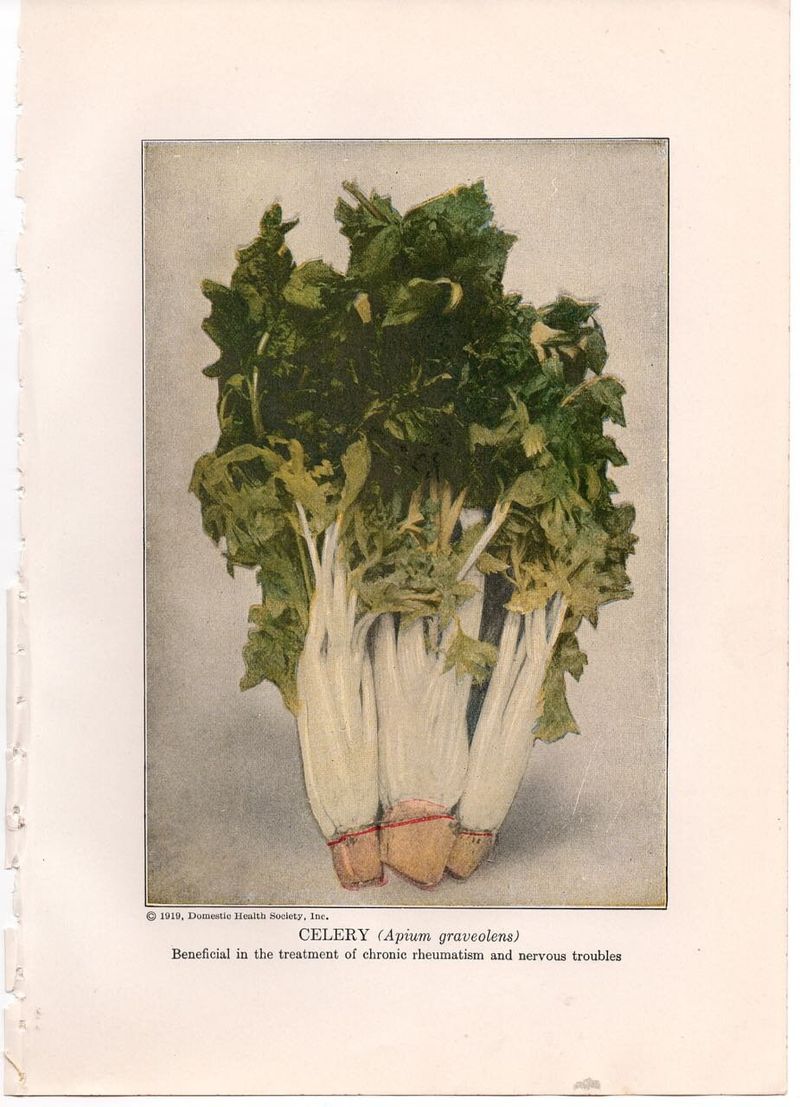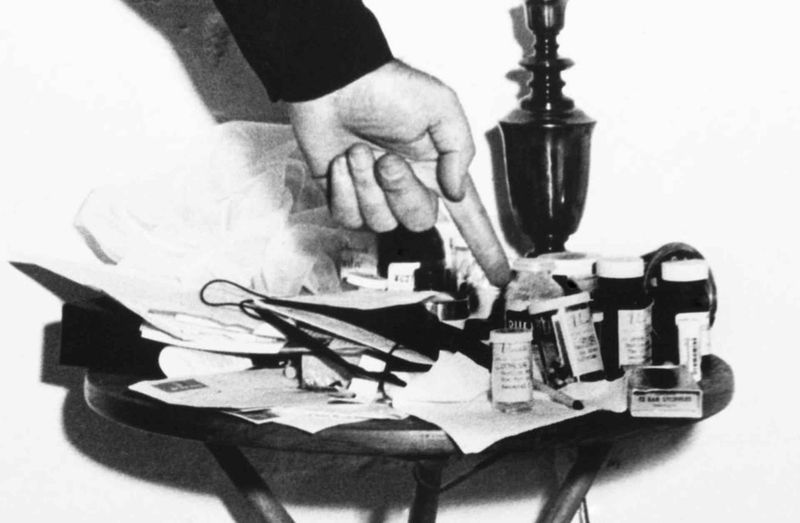The 1920s were roaring with jazz, flappers, and prohibition—but behind the glamor was a growing obsession with staying slim. As women shed corsets and showed more skin, the pressure to be thin hit hard. With no modern nutrition science (and plenty of pseudoscience), people turned to some strange, extreme, and downright unappetizing methods to keep their waistlines in check. Here’s what Americans actually ate—or didn’t eat—to stay slim in the 1920s. Spoiler: it wasn’t pretty.
1. Dry Toast and Black Coffee for Breakfast
Starting the day with a slice of dry toast and a cup of bitter black coffee was considered an ideal low-calorie breakfast in the 1920s. There was no butter, no cream, just the bare essentials. This sparse meal was believed to be the perfect start for those looking to shed pounds. The absence of flavor was thought to discourage overeating later in the day. However, the lack of nutrients and taste left many unsatisfied and deprived. This breakfast choice reflected the era’s strict approach to dieting, where pleasure was sacrificed for perceived health benefits.
2. Boiled Cabbage—Hold the Salt
Boiled cabbage was heralded as a miracle food in the 1920s due to its low-calorie content. Without any seasoning, especially salt, this dish was consumed as part of a strict dieting regime. The lack of flavor was seen as a means to prevent overeating, as the enjoyment of food was minimized. People choked down this bland dish in hopes of achieving thinner waistlines. The trend reflected a time when dietary science was not fully understood, and quick fixes were sought after. Flavor was sacrificed in the pursuit of a slim figure, making boiled cabbage a popular, albeit tasteless, choice.
3. Vinegar and Water Cocktails
In the 1920s, some Americans turned to vinegar and water cocktails to lose weight, inspired by Lord Byron’s earlier methods. The idea was to “melt away fat,” but the reality was far from pleasant. The taste of vinegar, even when diluted with water, was awful and often resulted in nausea rather than weight loss. Despite its unappetizing nature, this method gained popularity as people sought quick fixes in their pursuit of slim figures. The combination of sourness and the promise of a thinner waistline was a testament to the lengths to which people would go to achieve beauty ideals.
4. Laxative-Infused “Reducing Teas”
In the 1920s, reducing teas infused with laxatives became a popular slimming method. These teas promised to “melt fat” but primarily worked by causing digestive discomfort. The harsh laxatives didn’t aid in fat loss but rather emptied the system in the most unpleasant manner. Despite their ineffectiveness and potential health risks, these teas were marketed as effective weight-loss solutions. The desire for a quick fix led many dieters to endure the discomfort. This practice highlighted the lack of nutritional knowledge and the extremes people would go to for the sake of a slimmer figure.
5. Grapefruit with a Side of Cigarettes
In the 1920s, cigarette manufacturers marketed their products as appetite suppressants, making smoking a popular diet aid. Women, in particular, paired their morning grapefruit with a “diet cigarette” to skip lunch entirely. This combination was part of the cultural shift towards slimmer figures, as smoking was seen as a way to curb hunger. The grapefruit itself was believed to have fat-burning properties, making it a popular breakfast choice. Together, these two items represented a unique and unhealthy approach to weight loss, driven by societal pressures and aggressive advertising tactics.
6. Plain Lettuce Sandwiches
The plain lettuce sandwich became a staple in 1920s diet culture. It consisted of two slices of bread, devoid of butter or any spreads, with just a few leaves of iceberg lettuce in between. This simple and uninspired meal was considered a “diet sandwich.” Crunchy and devoid of nutrition, it failed to satisfy hunger, yet was adopted by many in the pursuit of thinness. The simplicity of the sandwich mirrored the era’s austere dieting practices. It was an era where culinary enjoyment was often sacrificed for the societal pressure to maintain a slender figure.
7. Beef Juice “Supplements”
In the quest for slimness, 1920s health fads introduced the consumption of beef juice or broth as a protein boost. The idea was to sip warm beef juice as a supplement instead of consuming a calorie-heavy steak. This practice was as unappetizing as it sounds, offering little satisfaction. The belief was that it provided essential nutrients without added calories. However, it often left dieters unsatisfied and craving more. The trend demonstrated the era’s focus on protein, albeit misunderstood, as a key component of weight loss, showcasing the lengths to which people would go for diet fads.
8. No Dinner—Just a Slice of Pineapple
Fruit fasts were all the rage in the 1920s. Pineapple, in particular, was believed to “burn fat” and became a popular choice for those wishing to skip dinner. Women often turned to eating just a few rings of canned pineapple instead of a full meal. The idea was that the fruit’s natural enzymes would aid in weight loss, though this was more myth than fact. The trend reflects the period’s fascination with quick, often baseless, diet solutions. Forgoing dinner for pineapple was a testament to the extreme lengths people would go to achieve their desired body image.
9. Soda Crackers as a Meal Replacement
During the 1920s, dieters often replaced a full lunch with a couple of dry soda crackers. These crackers, low in calories and nutrients, became a popular meal replacement. The simplicity of this diet choice reflected the era’s misunderstanding of proper nutrition. While the crackers provided minimal caloric intake, they also left dieters feeling unsatisfied and hungry. This practice was emblematic of the time’s extreme dieting measures, where food enjoyment was secondary to weight loss efforts. The reliance on such meager meals demonstrated the lengths to which people would go in pursuit of slimness.
10. Prunes for “Purity”
Prunes were marketed in the 1920s as a cleansing and slimming solution. A few prunes, often consumed with warm water, were believed to “flush toxins” and flatten bellies. This practice was essentially another laxative routine, offering little in the way of real weight loss. Still, the idea of purity and cleansing appealed to many seeking slim figures. The trend was a reflection of the era’s fascination with detoxification, despite its questionable effectiveness. Consuming prunes became a symbol of the extremes people would embrace to adhere to societal standards of beauty.
11. Raw Eggs in Tomato Juice
A peculiar weight-loss breakfast from the 1920s involved mixing raw eggs with tomato juice. This protein-rich concoction was promoted by health gurus as a cutting-edge diet solution. It was risky, slimy, and difficult to stomach, yet some believed it would help shed pounds. The practice highlighted the era’s experimental approach to dieting, where unconventional methods were eagerly adopted. Despite its unpalatable nature, raw eggs in tomato juice gained attention as Americans sought novel ways to stay slim. This trend reflected a time when nutritional understanding was limited, and creativity often led to bizarre diet choices.
12. Sugarless Gelatin Cubes
Plain gelatin cubes without flavor or sugar became a trendy snack in the 1920s due to their protein content and low-calorie count. These joyless snacks were thought to provide essential nutrients without contributing to weight gain. The lack of flavor and sweetness made them unappealing, yet they were embraced by those strictly adhering to diet fads. The gelatin cubes represented the era’s willingness to sacrifice taste for perceived health benefits. This practice underscored the limited understanding of balanced nutrition at the time, where minimalism in food was mistakenly equated with effective dieting.
13. The “Hollywood Diet” of Hot Water and Oranges
The “Hollywood Diet” gained popularity among aspiring actresses in the 1920s. This crash diet involved sipping hot water throughout the day and consuming little more than a few oranges. While it promised quick weight loss, it left dieters with little energy. The appeal lay in its association with the glamour of Hollywood, yet the reality was far from glamorous. This diet exemplified the extremes individuals would endure under societal pressure to remain slim. The diet’s simplicity and allure of quick results overshadowed its unhealthy implications, reflecting the period’s obsession with celebrity and appearance.
14. Celery—Every. Single. Meal.
Celery became a staple in the 1920s for those eager to lose weight due to its low-calorie content. Eaten raw, boiled, or as soup, celery was a go-to “filler” food that offered little in the way of satisfaction. Its popularity was driven by its ability to be consumed in large quantities without impacting calorie counts. This trend reflects the era’s emphasis on quantity over quality in dieting. Absent of flavor without seasoning, celery became emblematic of the sacrifices made in the pursuit of a slim figure. It was cheap, trendy, and thoroughly uninspiring, yet widely consumed.
15. No Breakfast at All—Just a Pep Pill
In the 1920s, some women skipped breakfast entirely, opting instead for over-the-counter “pep pills.” These pills, often amphetamine-based, promised to kill appetite and boost energy, presenting a dangerous yet popular solution to weight control. Their use was a testament to the era’s extreme measures for achieving thinness. The allure of enhanced energy and suppressed hunger made them appealing despite the risks. This trend recognized the growing pressure to maintain a slim figure, even at the cost of health. The reliance on such supplements highlighted the dangerous lengths pursued in the quest for beauty standards.
